Table of Contents
Bhagat Singh Jayanti is celebrated every year on 28th September to honor the birth anniversary of Shaheed Bhagat Singh, one of India’s most revered freedom fighters. In 2025, we celebrate his 118th birth anniversary, remembering his courage, patriotism, and selfless dedication to India’s independence. Known as Shaheed-E-Azam, Bhagat Singh became a symbol of resistance against British colonial rule and inspired generations of youth with his revolutionary spirit.
Bhagat Singh Jayanti 2025
Bhagat Singh Jayanti commemorates the birth of Bhagat Singh, who is celebrated as a national hero and youth icon in India. His life exemplifies courage, sacrifice, and the spirit of rebellion against injustice. On this day, various events, seminars, and discussions are organized across India to educate people about his life, his ideals, and his unwavering commitment to India’s freedom struggle.
Key Highlights:
-
Date: 28th September 2025
-
Occasion: 118th Birth Anniversary of Bhagat Singh
-
Significance: Celebrates the life and contributions of a revolutionary freedom fighter
-
Activities: Seminars, essay competitions, cultural programs, and tributes at memorials
Early Life of Bhagat Singh
Bhagat Singh was born on 28th September 1907 in Banga village, Lyallpur District, Punjab (now in Pakistan), into a Sandhu Jat family. His father, Kishan Singh, and uncles were actively involved in India’s struggle for independence, which influenced young Bhagat Singh from an early age.
Growing up, he witnessed the Jallianwala Bagh massacre and other oppressive acts of the British Raj, which instilled a deep sense of patriotism in him. He completed his education at Dayanand Anglo Vedic High School and later at National College, Lahore, where he became more politically active and aware of India’s independence movement.
Bhagat Singh Biography
All those who stand up for justice and struggle against injustice might find inspiration in his life. At a very young age, he devoted his entire life to the fight for India’s Independence. His History is a reminder that success is still attainable even in the face of extreme adversity. The biography of Bhagat Singh offers inspiration to people battling for change today and offers a glimpse into the revolutionary’s mentality.
| Bhagat Singh | |
| Particulars | Details |
| Birth Place and Date | 28 September 1907 Banga, Lyallpur District, Punjab Province, British India |
| Parents |
|
| Education |
|
| Associated with Organisation |
|
| Notable Work | An essay named “Why I Am an Atheist” was written in 1930 at Lahore Central Jail. |
| His Inspiration |
|
| Last line | In his last letter, Singh wrote, ” I have been arrested while waging a war. For me there can be no gallows “. |
| Ideals | In his last testament, “To Young Political Workers”, he declares his ideal as the “Social reconstruction on new, i.e., Marxist, basis”. |
| Death | 23 March 1931 (aged 23) Lahore Central Jail, Lahore, Punjab Province, British India |
Bhagat Singh History
One of the most important revolutionaries in the Indian Nationalist Movement is Bhagat Singh. On September 28, 1907, Kishan Singh and Vidyavati gave birth to Bhagat Singh in Banga, Lyallpur District (now Pakistan). When he was born, his uncles Ajit and Swaran Singh, as well as his father Kishan Singh, were all imprisoned for protesting the 1906 Colonization Bill. Being raised in a politically conscious household where his family supported the Ghadar Party, young Singh developed a sense of patriotism. Singh started supporting Mahatma Gandhi’s Non-Cooperation Movement at a very young age. He openly resisted the British and carried out Gandhi’s request by setting fire to publications that the government-sponsored. In fact, he quit school altogether to enroll in Lahore’s National College. The 1919 Jallianwala Bagh Massacre and the 1921 murder of unarmed Akali demonstrators at the Nankana Sahib both occurred when he was a teenager, and both events strongly influenced his patriotic viewpoint. His family adhered to the Gandhian philosophy of using non-violence to achieve Swaraj. For a while, he also backed the Indian National Congress and the objectives of the Non-Cooperation Movement. After the Chauri Chaura Incident, Gandhi demanded that the movement against non-cooperation be abandoned. He disassociated himself from Gandhi’s nonviolent effort because of the choice and joined the Young Revolutionary Movement instead. Thus began his career as the most well-known proponent of a bloody uprising against the British Raj. The Naujawan Bharat Sabha was established in March 1925, with he serving as its secretary, and was motivated by nationalist movements in Europe. In addition, He joined the radical Hindustan Republican Association (HRA), which he eventually renamed the Hindustan Socialist Republican Association (HSRA) with fellow revolutionaries Chandra Shekhar Azad and Sukhdev.
Freedom Fighters: Revolutionary Activities
His political activism began in earnest during the 1920s. He was involved in several protests and demonstrations against British rule, and he also participated in several armed robberies to fund the HSRA’s activities. His early actions consisted primarily of penning critical articles against the British government and printing and distributing leaflets explaining the fundamentals of a violent insurrection with the goal of overthrowing the government. To protest the Simon Commission’s arrival, Lala Lajpat Rai led an all-parties parade that marched toward the Lahore train station on October 30, 1928. To stop the protesters from moving forward, the police used a violent lathi charge. The revolutionaries were not able to recognize J.P. Saunders, who was Assistant Superintendent of Police; they thought that he was a Scott and killed him instead. He quickly left Lahore to avoid getting caught. To avoid being recognized, he shaved his beard and cut his hair, violating the core values of Sikhism.
Hindustan Socialist Republican Association (HSRA)
- He was a prominent revolutionary in India’s fight for independence, closely aligned with the Hindustan Socialist Republican Association (HSRA).
- Joining the HSRA in his youth, Singh was drawn to its militant approach against British colonial rule.
- Notable members included Sukhdev Thapar and Shivaram Rajguru.
- Singh and his associates became infamous for actions such as the Saunders killing, seeking revenge for the death of Lala Lajpat Rai, and the Central Legislative Assembly bombing to protest repressive laws.
- Their hunger strike in prison gained widespread support.
- Executed by the British in 1931, Singh’s martyrdom remains an enduring symbol of courage and sacrifice in India’s struggle for freedom.
Assassination of J.P. Saunders
- He and his compatriot Rajguru assassinated J.P. Saunders in 1928 to avenge the death of Lala Lajpat Rai during a protest against the Simon Commission.
- Mistakenly identifying Saunders as the responsible police officer, they shot him dead in Lahore.
- This act marked a significant turning point in India’s struggle for independence and propelled Singh and his associates into the national spotlight, as they openly dared to challenge British colonial rule.
Central Assembly Bombing Case
- Singh and Batukeshwar Dutt exploded a bomb in Delhi’s Central Assembly on April 8, 1929, from the Visitors’ Gallery.
- They also raised pro-revolutionary banners and threw leaflets.
- Because they planned to utilize the trial as a platform to propagate their message of revolution and anti-imperialism, neither revolutionary resisted being taken into custody.
- Throughout the entire arrest, they screamed “Inquilab Zindabad” slogans.
- The phrase gained a lot of traction with young people and many liberation warriors.
- They never intended to hurt anyone physically, thus there were no casualties in the incident.
- Their claimed objective was “to make the deaf hear.” Auguste Valliant, a French anarchist who was hanged by France for a similar incident in Paris, served as inspiration for Bhagat Singh, the incident’s mastermind.
- Both Singh and Dutt received life sentences in jail after being found guilty in the incident’s trial.
- At this point, He had also been connected to the JP Saunders murder case.
- He was charged with the murder of Saunders together with Rajguru and Sukhdev.
Dr.Sarvepalli Radhakrishnan Biography
1929 Assembly Incident Trial
- The violent protest was met with harsh criticism from the political body.
- In response, Singh said, “Force, when used violently, is ‘violence’ and is, thus, morally indefensible, but when it is used in support of a righteous cause, it has its moral legitimacy.
- Trial proceedings began in May, with Singh attempting to represent himself and Batukeshwar Dutt being represented by Afsar Ali.
- The explosions’ malevolent and illegal motive was cited by the court in its decision in favour of a life sentence.
Lahore Conspiracy Case and Trial
- Three people, Hans Raj Vohra, Jai Gopal, and Phanindra Nath Ghosh, turned government approvers, which resulted in a total of 21 arrests, including those of Sukhdev, Jatindra Nath Das, and Rajguru.
- The police raided the HSRA bomb factories in Lahore shortly after the sentencing and detained several well-known revolutionaries.
- For the murder of Assistant Superintendent Saunders, the making of bombs, and the Lahore Conspiracy case, Bhagat Singh was detained once again.
- On the orders of the Viceroy, Lord Irwin, a special tribunal made up of Justices J. Coldstream, Agha Hyder, and G. C. Hilton was established on May 1st, 1930 due to the sluggishness of the legal proceedings.
- The tribunal had the authority to conduct the trial without the presence of the defendant, and it was a biased trial that rarely followed the standard legal rights principles.
Hunger Strike
- When Singh was sent to the Central Jail Mianwali from the Delhi jail he witnessed discrimination between the Indian and European Prisoners.
- He considered himself as a political prisoner.
- He organized a hunger strike on behalf of fellow political prisoners from India who he believed were being treated like normal criminals.
- They wanted access to literature and a daily newspaper, as well as equality in access to food standards, clothing, toiletries, and other hygiene essentials.
- They contended that they shouldn’t be made to perform manual labour or any other inhumane tasks while incarcerated.
- Around June 1929, the public began to support Bhagat Singh and his colleagues more due to the hunger strike.
- After a 63-day hunger strike, Jatindra Nath Das passed away on September 13, 1929.
- Nearly all of the nation’s nationalist leaders paid respects to Jatin Das.
- In response, Gopi Chand Bhargava and Mohammad Alam withdrew from the Punjab Legislative Council.
- Nehru also successfully sponsored an adjournment motion in the Central Assembly to denounce the “inhumane treatment” of the Lahore captives.
- He finally ended the hunger strike after 116 days on October 5, 1929.
- During this time, Singh was well-liked outside of Punjab among ordinary Indians.
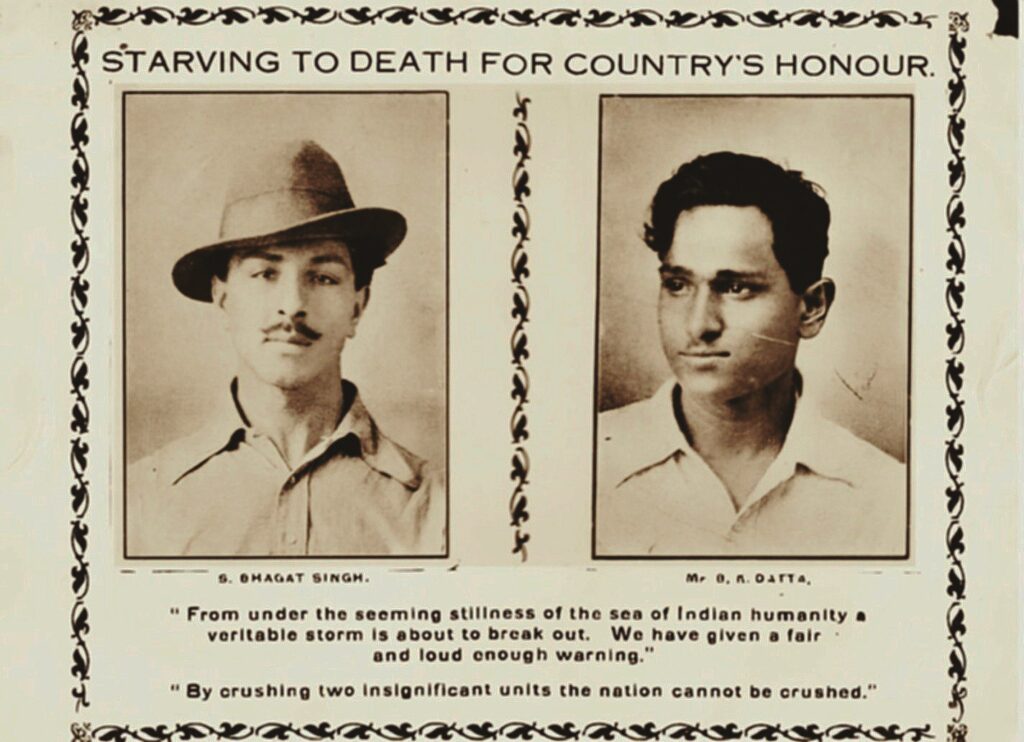
Thoughts and Opinions
His sense of patriotism had been embedded in him since a very young age. He was raised to value nationalism and yearned for an independent India free from British rule. He developed a socialist outlook after reading a lot of European literature and creating a great desire for a democratic future for his beloved nation. Singh was born a Sikh, but after seeing numerous Hindu-Muslim riots and other religious upheavals, he began to lean toward atheism. He thought that in order to attain something as precious as Independence, imperialism’s exploitative aspect needed to be eradicated. According to his opinion, only an armed revolution along the lines of the Bolshevik Revolution in Russia could bring about such a transformation. He coined the phrase “Inquilab Zindabad,” which eventually became the war cry of the campaign for Indian independence.
Bhagat Singh Death
He died on March 23, 1931, at 7:30 in the morning, hanging with his friends Rajguru and Sukhdev at the Lahore Jail. He was 23 at that time. He was born on September 28, 1907. They allegedly shouted their favorite slogans, such as “Inquilab Zindabad” and “Down with British Imperialism,” as they marched joyfully to the execution location bank of the Sutlej River.
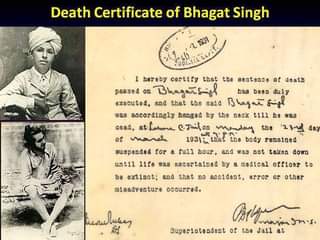
Shaheed Bhagat Singh Legacy
He was the perfect role model for the youth of his period because of his passionate patriotism and developed idealism. Also became the voice of his generation through his criticism of the British Imperial Government in writing and speech. Numerous people have questioned his dramatic departure from Gandhi’s non-violent path to Swaraj, yet with his daring embrace of martyrdom, he encouraged hundreds of teenagers and young adults to fully engage in the freedom movement.
His legacy is complex and contested. He is revered by many Indians as a national hero and a symbol of the struggle for independence. However, he is also criticized for his use of violence and his association with the HSRA, which was responsible for several other acts of violence against British officials and civilians.
Despite the controversies surrounding his legacy, there is no doubt that he was a charismatic and influential figure who played a significant role in the Indian independence movement. His life and work continue to inspire generations of Indians who are fighting for social justice and equality.

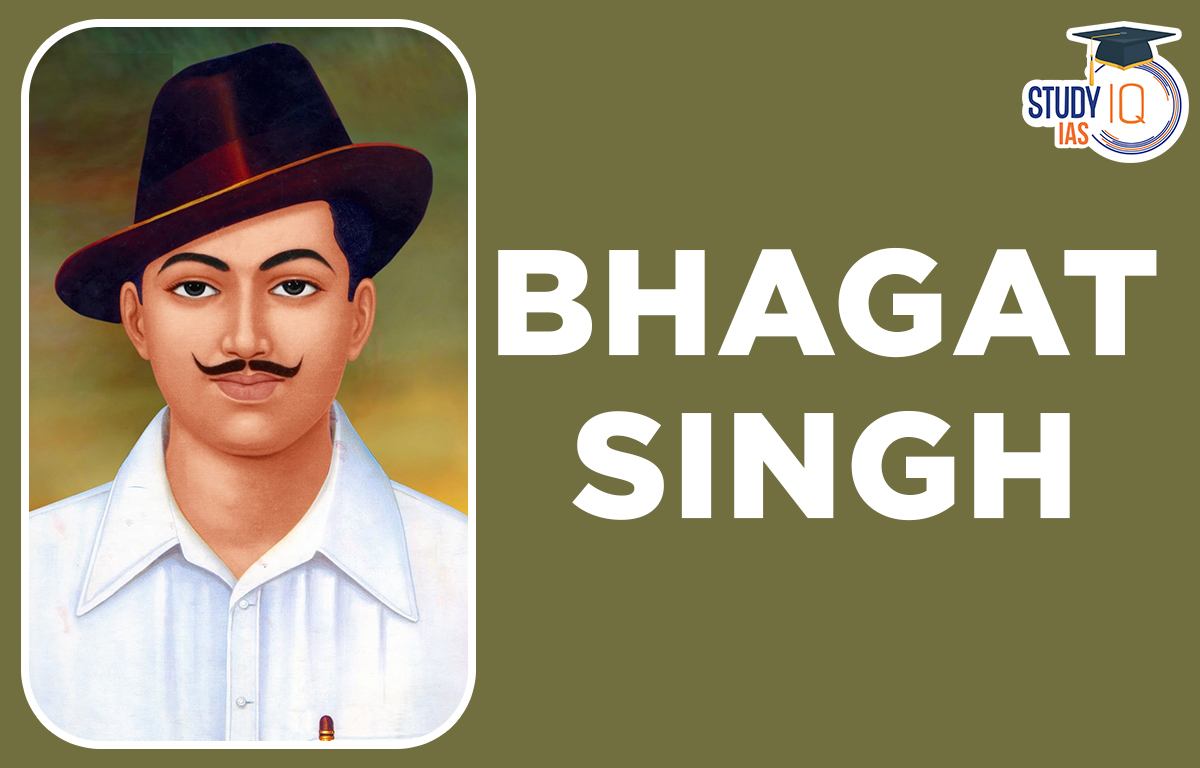
 Birsa Munda Birth Anniversary 2025: Life...
Birsa Munda Birth Anniversary 2025: Life...
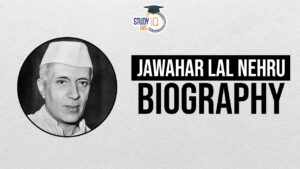 Jawahar Lal Nehru Biography: Celebrating...
Jawahar Lal Nehru Biography: Celebrating...
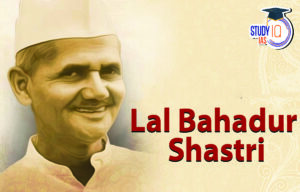 Lal Bahadur Shastri Jayanti 2025: Rememb...
Lal Bahadur Shastri Jayanti 2025: Rememb...

























